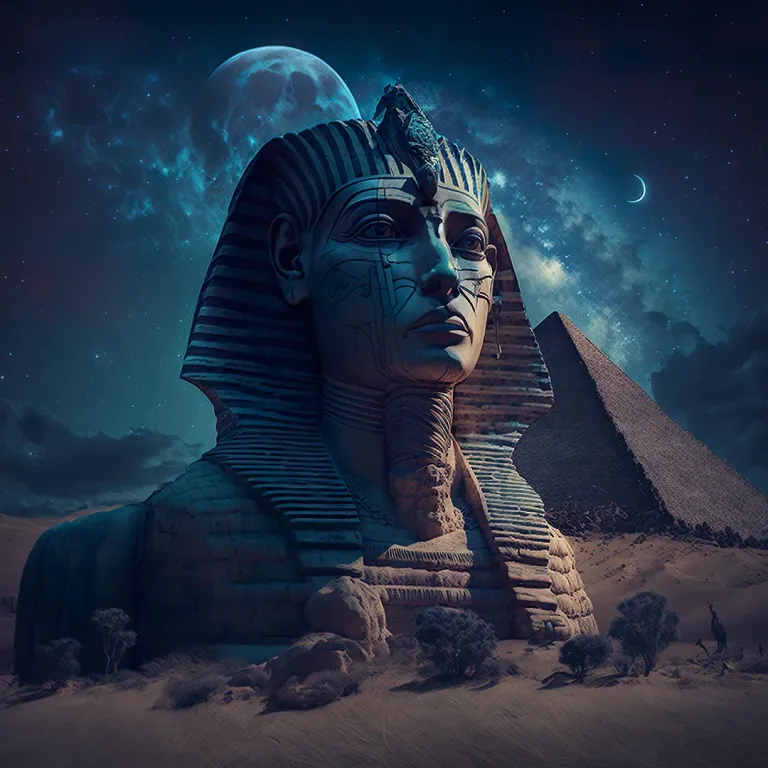The Sphinx in Sumer and Egypt
The Sphinx is one of the most famous monuments of ancient Egypt, particularly the Great Sphinx of Giza, which features a lion's body and the head of a Pharaoh, typically believed to be a representation of Pharaoh Khafre.
Sumerian Influence on the Sphinx: Some alternative theories suggest that the Sphinx may have roots in Sumerian or Mesopotamian traditions. The idea is that the Sphinx, as a lion-headed figure, shares similarities with the lion-headed gods and mythological beings found in Sumerian and Akkadian mythology, such as the lamassu—winged human-headed lions. The lamassu were protective deities often depicted at the entrances of temples and palaces in Mesopotamia, and their symbolism was similar to the protective, mystical nature attributed to the Sphinx.
Egyptian Sphinx: In Egypt, the Sphinx was seen as a guardian, often associated with the sun god Ra. The Great Sphinx of Giza is thought to represent Pharaoh Khafre, who reigned during the Old Kingdom, but its construction and purpose remain subjects of debate. Some suggest that it was intended as a symbolic representation of the pharaoh's power, wisdom, and divine connection to the gods, much like the Mesopotamian lamassu.
The Sphinx's Origins: Some alternative theories posit that the Sphinx may have been constructed long before the reign of Khafre, potentially during a much earlier period in Egypt's history, possibly even influenced by older, pre-dynastic cultures with connections to Sumer. There is speculation that the Sphinx may have originally been built by the ancient Sumerians or other earlier civilizations and later appropriated by the Egyptians.
Posted by Waivio guest: @waivio_cosmicsecrets
